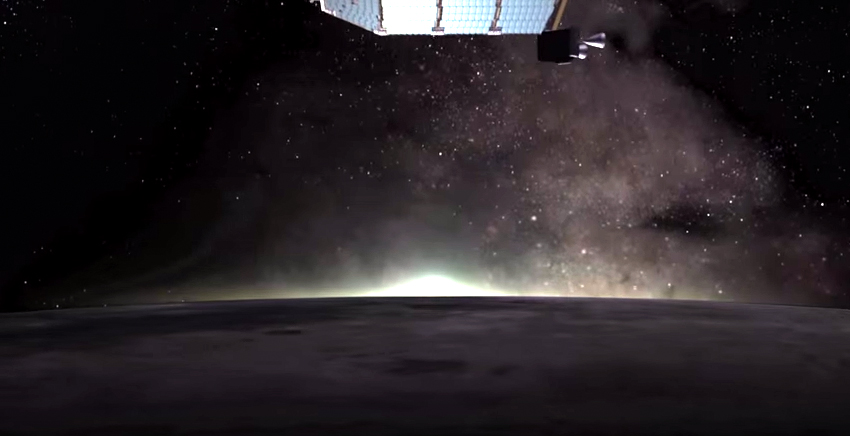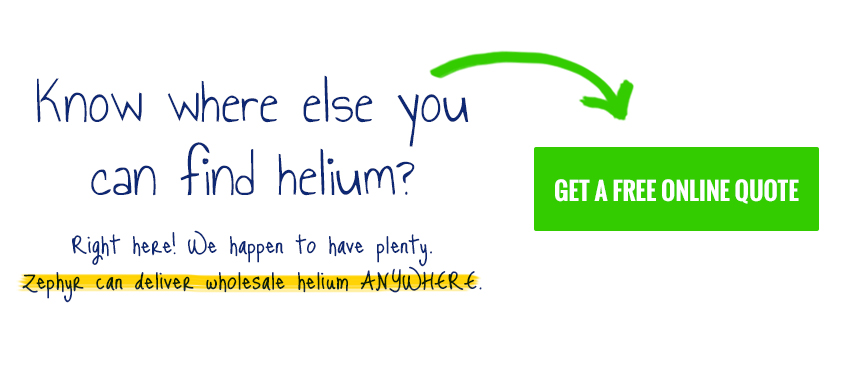It’s been suspected over 40 years, but thanks to NASA’s LADEE mission, we finally have confirmation of neon and helium in the moon’s atmosphere.
NASA’s Lunar Atmosphere and Dust Environment Explorer (LADEE, pronounced “laddie”) launched out of Virginia in September of 2013, reaching the moon’s orbit on October 6 of that year. LADEE collected data as it orbited the moon until it finally ran out of fuel, crashing into the lunar surface on April 17, 2014.
The data recently revealed that the moon’s exosphere is made mostly of neon, helium, and argon. It also helped the team understand how gases accumulate in the moon’s exosphere, as well as how they are lost. (The moon’s atmosphere is technically an exosphere because it is too thin to be considered a true atmosphere.)
Interestingly, the balance of the gases in the lunar exosphere fluctuates based on what time of day it is on the moon. For instance, argon is most abundant right at lunar sunrise. Neon is most abundant at 4 a.m., and helium at 1 a.m.
The team learned that most of the gas present in the moon’s exosphere arrives by solar winds, which are mostly hydrogen and helium with small amounts of other elements. These other elements will remain stuck to the surface of the moon indefinitely, but neon, argon, and helium are too volatile and ultimately escape back to space.
Not all of the helium surrounding the moon comes from solar winds, however.
The LADEE craft also revealed that as much as 20% of the helium in the moon’s exosphere is actually emanating from the moon itself in the same way it does on Earth: from the decay of uranium and thorium. NASA says this helium is being produced at a rate of 7 liters per second.
This discovery could actually be good news for China, which has been planning to build a helium mine on the moon for the purpose of powering the Earth with clean energy.
So, if the moon’s exosphere is partly made up of neon, why doesn’t it glow like our neon signs?
Well, it would actually, if the air up there was as dense as Earth’s atmosphere. But according to William Steigerwald, the moon’s exosphere is about 100 trillion times less dense than our atmosphere and therefore too tenuous to produce a visible glow.
That’s probably a good thing. Imagine how much brighter night time would be back here on Earth!
Source: NASA


